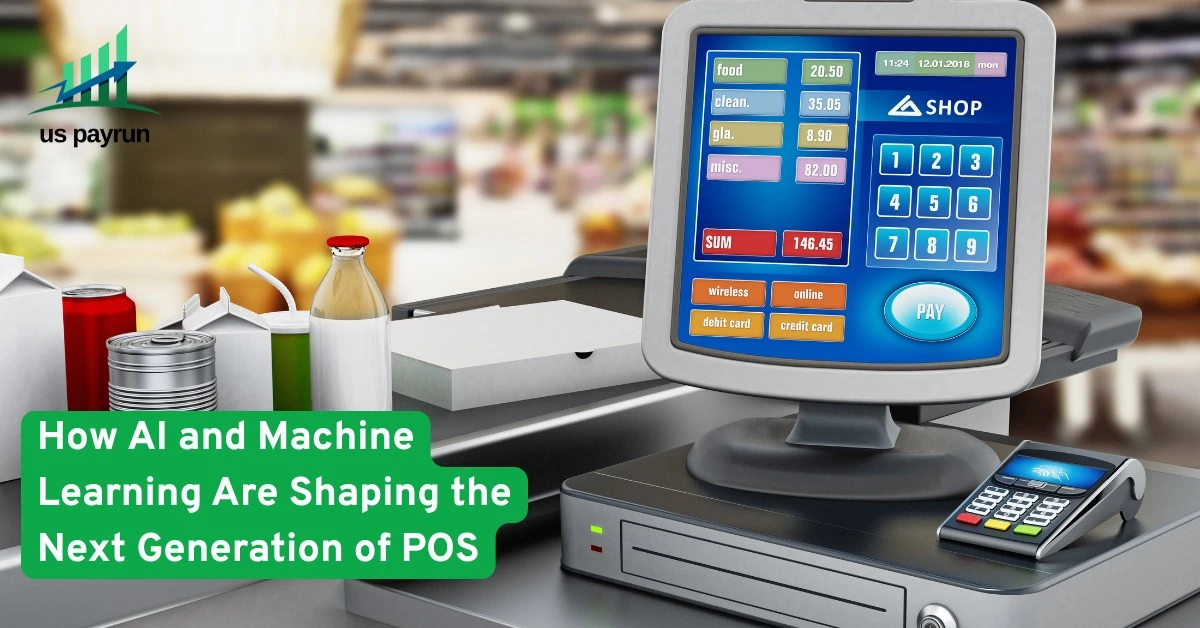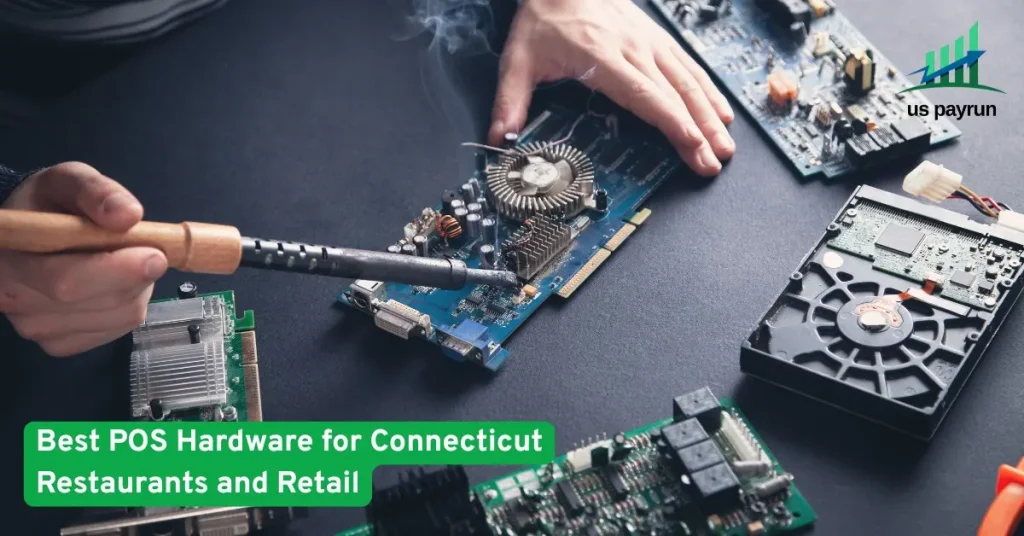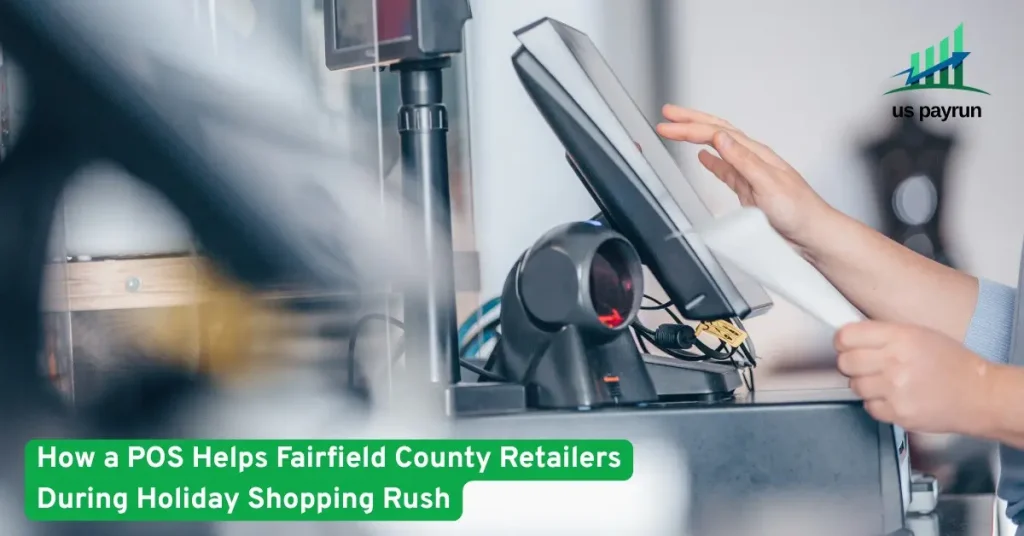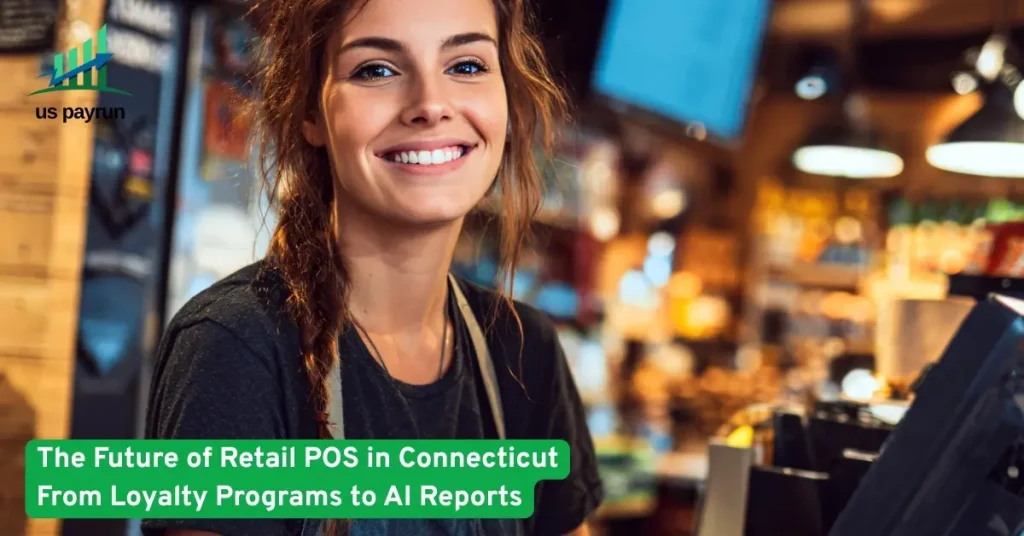
Point-of-sale (POS) systems are moving from simple cash registers to intelligent command centers. Powered by artificial intelligence (AI) and machine learning (ML), modern POS doesn’t just record a sale—it predicts demand, prevents fraud, personalizes experiences, streamlines operations, and unifies online and in-store channels. Whether you run a quick-service restaurant, a specialty boutique, or a multi-location retail brand, AI-driven POS can help you sell more, waste less, and decide faster.
What “AI-Driven POS” Really Means
AI in POS is the practical application of data models that learn patterns from transactions, inventory movement, customer behavior, and external signals (weather, local events, seasonality). Instead of rules you hand-code, the system learns and updates itself as new data arrives. That enables:
-
Prediction (e.g., tomorrow’s top sellers)
-
Detection (e.g., unusual refund patterns)
-
Recommendation (e.g., cross-sell bundles at checkout)
-
Automation (e.g., dynamic pricing and replenishment)
10 High-Impact AI Use Cases in POS
1) Demand Forecasting & Smart Replenishment
ML models analyze historic sales, holidays, price changes, and local events to forecast SKU-level demand by store and daypart. The POS then:
-
Auto-generates purchase orders before stockouts
-
Calibrates safety stock by spoilage and lead time
-
Optimizes shelf capacity for high-velocity items
Result: Fewer stockouts, less overstock, higher sell-through.
2) Dynamic Pricing That Protects Margins
AI looks at elasticity (how price affects demand), competitor signals, and inventory pressure to suggest or automate price adjustments within guardrails you set.
Result: Better margin during peaks and faster clearance for slow movers—without constant manual tinkering.
3) Real-Time Fraud & Abuse Prevention
Anomaly detection flags suspicious patterns such as excessive returns, voids after close, manager overrides, or atypical card behavior. Camera-assisted computer vision can verify items at self-checkout and deter shrink.
Result: Lower chargebacks and loss prevention with fewer false positives.
4) Personalized Offers at Checkout
Using first-party data (purchase history, visit frequency, loyalty tier), the POS recommends add-ons and bundles that match the basket context.
Result: Higher average order value (AOV) and happier customers who feel understood.
5) Labor & Scheduling Optimization
Forecasted footfall and order volume inform staffing plans by role and hour. AI can also simulate “what-if” scenarios for promotions or weather swings.
Result: Lower overtime, fewer idle hours, and faster service at peak.
6) Recipe Costing & Menu Engineering (Restaurants)
For QSR and cafés, ML ties ingredient prices, shrink, and prep times to contribution margins per menu item; it suggests portion tweaks, 86’ing low-margin dishes, and highlighting profitable combos on digital menus.
Result: Stronger unit economics without compromising guest experience.
7) Voice & Vision-Assisted Checkout
Computer vision verifies items; voice AI captures orders (in-lane or drive-thru) and routes modifiers correctly.
Result: Faster lines, fewer keystrokes, and consistent order accuracy.
8) LLM Copilots for Managers
A built-in assistant lets managers ask natural-language questions:
-
“Why was yesterday’s food cost 3% higher?”
-
“Which SKUs need reordering before Friday?”
Result: Analyst-grade insights without SQL or spreadsheets.
9) Omnichannel Inventory & Curbside Accuracy
AI reconciles online reservations with in-store sales, preventing double-selling. It recommends optimal fulfillment (ship, BOPIS, curbside) based on stock location and pick time.
Result: Fewer cancellations and faster pickup windows.
10) Automated Compliance & Tax Accuracy
Models keep pace with tax-rate changes and receipt requirements; OCR/NLP validates invoices and vendor credits.
Result: Cleaner books and fewer audit surprises.
Data Foundations: What You Need to Make AI Work
-
Clean, unified data: Merge POS, e-commerce, loyalty, and supplier feeds with consistent product and customer IDs.
-
Granularity: Keep line-item detail (modifiers, discounts, staff ID, station, timestamp).
-
Enough history: Ideally 12–24 months to capture seasonality and event effects.
-
Feedback loops: Let staff accept/override AI suggestions so models learn what “good” looks like in your context.
-
Privacy and consent: Collect only what you need and honor opt-outs. Use aggregated logic when individual consent isn’t available.
Architecture: From Edge Devices to Cloud Models
-
Edge processing: Terminals and kiosks run lightweight models for offline resilience (e.g., fraud checks, product recognition).
-
Cloud orchestration: Heavier training jobs and multi-store optimization run centrally.
-
Model registry & monitoring: Version control, drift detection, and rollback ensure stable performance.
-
Integration layer: Connect ERP, accounting, HR, and marketing automation via APIs and webhooks.
Security, Privacy, and Compliance
-
PCI DSS scope control: Tokenize card data so terminals never store PANs.
-
Role-based access: Segment permissions by task (cashier, supervisor, accountant).
-
PII minimization: Prefer hashed loyalty IDs; encrypt at rest and in transit.
-
Audit trails: Immutable logs for discounts, voids, and overrides.
-
Regional laws: Respect locality (e.g., data residency) when operating across states or countries.
How to Get Started: A Practical Roadmap
Phase 0 – Readiness (2–4 weeks)
-
Consolidate SKUs, units of measure, and store IDs.
-
Verify data capture (discount reason codes, refund types, waste logs).
-
Define KPIs and guardrails (min/max price bands, fraud escalation).
Phase 1 – Quick Wins (4–8 weeks)
-
Basket-level upsell at checkout with simple collaborative filtering.
-
Refund/void anomaly alerts with thresholding and basic ML.
-
Low-stock alerts seeded by rolling averages.
Phase 2 – Core Intelligence (8–16 weeks)
-
SKU-level demand forecasting with external signals.
-
Auto-replenishment and dynamic pricing in guardrails.
-
Labor forecasting tied to POS footfall.
Phase 3 – Advanced (ongoing)
-
Computer vision for self-checkout and kitchen prep verification.
-
LLM manager copilot integrated with your POS analytics.
-
Menu engineering with contribution analysis and A/B testing on digital menus.
Measuring ROI: Metrics That Matter
-
Revenue: AOV, attachment rate, conversion rate, promo lift.
-
Margin: Gross margin %, waste/spoilage, markdown cost.
-
Operations: Stockouts, pick-time for BOPIS, order-prep time, queue length.
-
Risk: Refund rate, fraudulent chargebacks, override frequency.
-
Labor: Sales per labor hour, schedule adherence.
-
Customer: Repeat purchase rate, loyalty redemption, NPS.
Common Pitfalls (and How to Avoid Them)
-
“Set and forget.” Models drift. Schedule monthly performance reviews.
-
Black-box decisions. Provide human-readable rationales (“Price raised due to low inventory + high elasticity”).
-
Too much automation too soon. Start with “recommend, don’t enforce,” then phase to auto-apply.
-
Dirty catalogs. Duplicates and inconsistent units kill forecast accuracy. Clean first.
-
Ignoring the floor. Train staff; great AI with poor adoption won’t move the needle.
Real-World Examples by Vertical
Quick-Service Restaurant (QSR):
-
Predict lunchtime spikes; pre-position fries and buns.
-
Auto-86 low-margin items when ingredient costs surge.
-
Drive-thru voice AI cuts average service time by 10–20%.
Grocery/Convenience:
-
Forecast dairy and produce with perishability curves.
-
Vision-based self-checkout reduces mis-scans and shrink.
-
Dynamic markdowns for near-expiry items minimize waste.
Specialty Retail:
-
Personalized bundles for seasonal shoppers.
-
“One-left” urgency prompts at checkout.
-
Appointment-based traffic forecasts optimize staffing.
Governance & EEAT for AI Content in POS
-
Experience: Capture store-level “tribal knowledge” (notes on local events, suppliers) as model features.
-
Expertise: Validate recommendations against buyer and kitchen realities (prep time, BOM accuracy).
-
Authoritativeness: Publish transparent methodology notes on your site; cite data sources where relevant.
-
Trust: Log decisions and allow opt-outs; be clear about what data you collect and why.
Implementation Checklist
-
Clean product and modifier catalogs
-
Centralize sales, inventory, and loyalty data
-
Choose 2–3 KPIs for phase-one pilots
-
Define pricing/fraud guardrails
-
Train staff on new flows and rationale messages
-
Schedule model monitoring (weekly dashboards, monthly reviews)
-
Plan A/B tests for any AI-driven pricing/menu change
FAQs
Q1: Do I need a data scientist to use AI in POS?
Not always. Many modern POS platforms ship with prebuilt models (forecasting, fraud, recommendations). As you scale, a data specialist helps tune models to your store mix.
Q2: Will dynamic pricing upset customers?
Not if it’s bounded and transparent. Use modest, rules-based bands and avoid whiplash pricing. Focus on markdown optimization and fair peak adjustments.
Q3: How long until I see ROI?
Quick wins (attachment rate, low-stock alerts) often show results in 30–60 days. Forecasting and labor optimization compound over a quarter or two.
Q4: What data privacy steps are essential?
Tokenize payments, minimize PII, encrypt data, honor consent, and keep clear audit trails. Work with PCI-compliant providers.
Q5: Can AI work offline?
Yes. Edge-ready terminals can run light models and sync decisions when the network returns.
Q6: Is computer vision worth it for small stores?
Start where shrink is highest (self-checkout lanes,



